Draac
Body tint, colouring & marking
Draac come in a variety of sizes, shapes, colors, and markings. Frequently, no two will ever quite look the same - unless they are directly blood related. That is usually one of the best ways of telling, though that can not be a guarentee. Draac are as varied as all the realms they visit.
Those of the Terruld line tend toward whites, purples, blues, and blacks.
White and purple are the primary colors of the main Terruld bloodline, displayed purely on Tiniad Belyra - who has absolutely no markings.
Anatomy & Morphology
Draac are a varied species, but they have a few phycisal characteristics in common. They will always have four legs, two main wings used for mobility, a tail, a neck leading to a skull that houses their eyes, nose, and mouth. Their teeth develop according to their preferred diet, with meat eaters featuring blade shaped molars, sharp fangs, and pointed incisors. Herbavores will have blunt canines and flattened incisors, and omnivores have a mix between the two.
Draac skin is also a varied thing. Some have smooth, interlocking scales while others have rough, thick scales that are more like armor. Most have a mix between the two in a plethora of colors and hues, as well as different patterning and accents. Horns, spines, antlers, feathers, and fur/hair are all things a Draac can have. The placement depends on the Variant. The color and patterning depends on the bloodline.
Growth Rates
Lifespan: Eternal Once the eggs have been laid, the environment around them will dictate what Variant of Draac will hatch. This will also affect the incubation duration of the egg. Smaller Variants will hatch sooner, with an excess of albumen though their quicker hatching will have still consumed the large yolk in the egg. Smaller Variants are fragile upon hatching. Bones are soft and may bend in ways they are not meant to. Falls or uncooridated tumbles can result in permanent disfigurement or handicaps. Smaller Variants need time to harden. Larger Variants will take a longer time to incubate and fill the shell. The larger Draac's hatchings are less messy, as their internal growth has consumed all the nutrients of the egg. This doesn't mean they will need less attention upon hatching, as the larger Variants hatch ravenous. If no food is immediately available, some Variants will eat the other eggs or siblings in the nest. Some may have skin or wings that dry too quickly once exposed to the air, which require oil to prevent tearing and permanent scarring that may affect long term movement. Different Variants have different growth rates physically, and some may both surpass or not meet the expected standard of their Variant. All Draac mature at the same rate mentally and spend very little time as children.Variants / Divergents
Known Variants in the Terruld Dynasty: Bogsneak, Coatl, Fae, Guardian, Imerial, Mirror, Pearlcatcher, Ridgeback, Skydancer, Spiral, Tundra, Wildclaw Excluded Variants: Nocturne, Snapper There are currently 14 known Variants - though not all Variants will show up, or be desired, for every Bloodline or Dynasty. Usually some will be favored over others, generally the Variant or Variants of the Tiniad or current ruling Bloodline. Each Variant has it's own dietary preferences, growth rate and adult size, common physical features, and abilities. With so much diversity amoungst one Species, it is frequently mistaken that they are all separate and cannot intermingle. Most can. There are a few exceptions - Divergents. These off-shoots are considered blood relatives, or cousins, to the Draac line. Some may become mates to a Draac, but no eggs will ever become of their union. They are as readily accepted into a Dynasty as any other Draac and only in the realm of reproduction are they held apart. They are equal in every other regard and can be just as varied in size, color, and markings. Known Divergents: Banescale, Gaoler, VeilspunIdeals
Beauty
Usually, Draac are attracted to those of the same Variant. Thus, beauty ideals differ from Variant to Variant, as well as from Draac to Draac. It's easier to ask a Draac personally than to try and generalize traits. Culturally, the Terruld are attracted to loyalty and power. Both magical and physical. Stability in the Spire, or a home in a different realm, tend to be important too.Gender
Generally, the male Terruld tend toward fighting roles and the females tend toward magical roles. There are a lot of variation and specialization in both of these areas, as well as a lot of cross over. There are no gender expectations as Draac are highly individualized and are expected to play to whatever strengths manifest, whatever those strengths happen to be.Courtship
Courtship takes time. This is because Draac mate for life. Courtship can take many forms, but it usually involves gifts, time spent together, and traveling off the Spire to experience a handful of realms together. A nest is a very generalized term used for a room or area that two or more Draac have settled in. It's personal territory that many will not infringe upon unless a confrontation is desired. When two or more Draac have opted to end the courtship and make their partnership official, they will do so by creating a nest together.Additional Information
Social Structure
The Draac measure both time, and construct their lives, around bloodlines. They're extremely important to Draac as it connects them to one another, their progeny, and maintain a sense of order to creatures that live until something puts an end to them. While each Draac Dynasty might have different names and titles for their positions of authority and service, they're all structured pretty much the same.
Regarding references of time
Matriach / Patriach
Each Dynasty is led by a Matriach or Patriach of their bloodline. This becomes the dominate bloodline of the Dynasty. This is how Draac keep track of time. From the start of one Dynasty until its fall, and the start of another. The name is usually some variant of the Patriach / Matriach's name or a name they will take. Ex: Eld’er’theral became the Eld'er Dynasty. The current Dynasty is that of Terruld, whose Matriarch is Belyra She was not the first Draac to establish the line but because the bloodline is still the same, the name hasn't changed. Should Belyra wish it, once she took over she could renounce her former name and line, creating her own. This isn't done often because bloodlines are so important. The longer a bloodline is established, the farther a Draac can trace their family through history, the more prestigieous. Other Draac tend to hold such things in high regard - and it is easier to rule with such historical weight. New bloodlines and young Draac are frequently considered weak or untested, thus their rule tends to be brief and chaotic.Brood Mother
While every female Draac is fully capable of laying a clutch of eggs, and a fair few do. It is only a select few Draac that care to stay at the Tower and actually care for them. Depending on the conditions surrounding a clutch, the eggs might take a long time to hatch. Conditions set what manner of Draac will hatch. Brood Mothers are either left with the eggs to tend to them how they see fit or raise them how another Draac might request, should a certain outcome be desired. These Draac carry a certain amount of respect and untouchability. They are frequently neutral in many social conflicts - rather, on their own side. Whatever keeps both them and the eggs they are caring for the safest. Not to say they can't fight, they only do so for very specific reasons. These Draac are seen as the caretakers of the clutches they raise. Even if they are tending to a clutch by request. It is socially taboo to harass and otherwise threaten a Brood Mother. Brood Mother is a title and does not necessarily reflect the gender of the Draac.Hunter
A term or title designated to Draac that leave the Spire frequently. While the Spire is eternal, and all manner of biomes can be found within, that doesn't mean that everything a Draac might need can be found there. Hunters retrieve supplies. Food, clothes, magical artifacts, and anything of note that a Draac might find along the way. Not many things are actually produced at the Spire, or at least, not initially. Anything that is grown, raised, cultivated, or created at the Spire must initially be brought, or at least the ingredients for such a thing.Mentor
Once a Draac hatches, they are set loose upon the Spire. Some require more parental care than others, some will be collected by the Draac that laid the egg(s) in the first place. The Draac that raises a Hatchling is referred to as a Mentor. It's as the title implies - they are taking responsibility for said Hatchling and it's a declaration of their bond and intent to raise and teach them. This Mentor-ship is lifelong for both Draac, even once the Hatchling grows into adulthood and no longer requires tutelage. While they might not seek out instruction or guidance, that bond still exists and, ultimately, a Mentor can still be held responsible for the younger Draac. This accountability frequently leads Mentors to be heavily invested and involved in the Draac they take into their care.SinSe
"There are eggs stashed all over the Spire, in a myriad of locations. I know where they all are - it's my responsibility to know."SinSe, Brood MotherDraac eggs come in many forms and, depending on their location, will hatch a different Variant of Draac.
All terms that refer to periods of time, such as history and young are extremely relative and subjective when it comes to Draac. Since time doesn't exactly pass normaly at the Spire, Draac measure its passage through the rise and fall of Dynasties - as well as their own aging process. A Draac that has lived through three Dynasties is considered quite old, while one that has never experienced any other Dynasty besides the one they're born into is an inexperienced youngling. Even if those Dynasties might have been brief, or exceptionally long, it doesn't particularly matter. The rise and fall of Bloodlines does not happen often, as it is a monumental power and cultural shift in the Spire.
Art / Dragon design © Stormlight Workshop LLC
Used with permission, under fanfiction art usage policy. This is all done for creative fun, with no monetary gain.
Cover image:
Moody Sky Study
by
Adam Burn

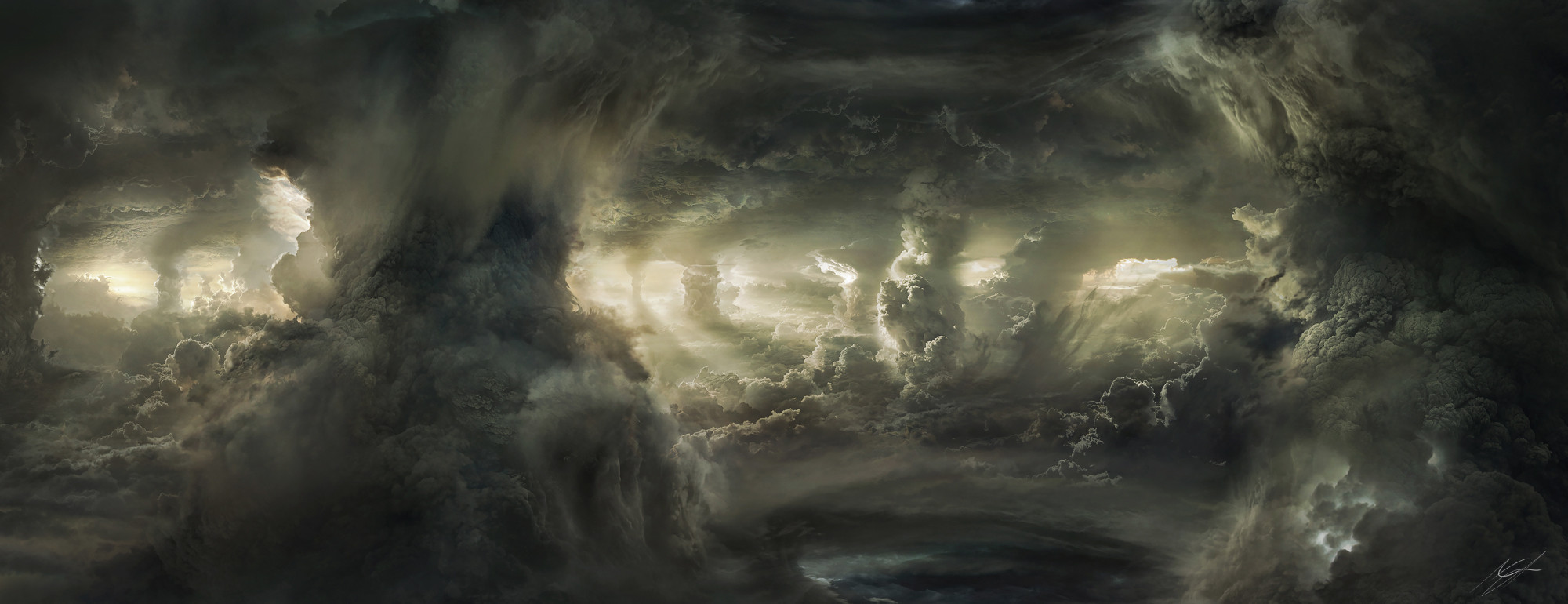
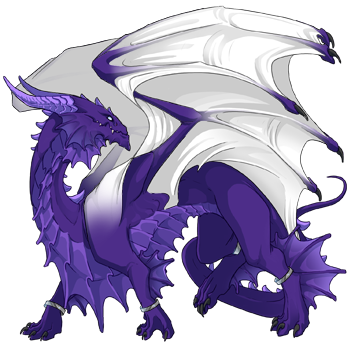
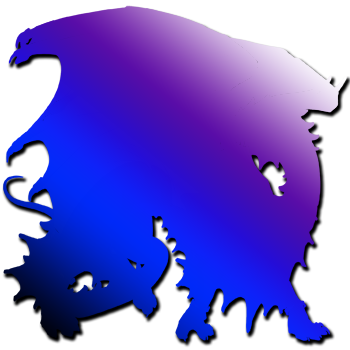
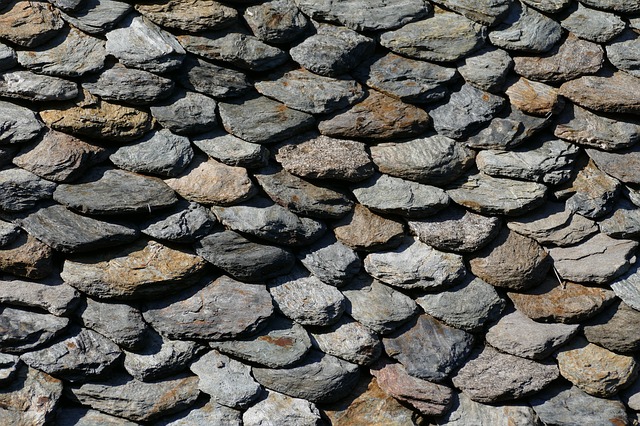
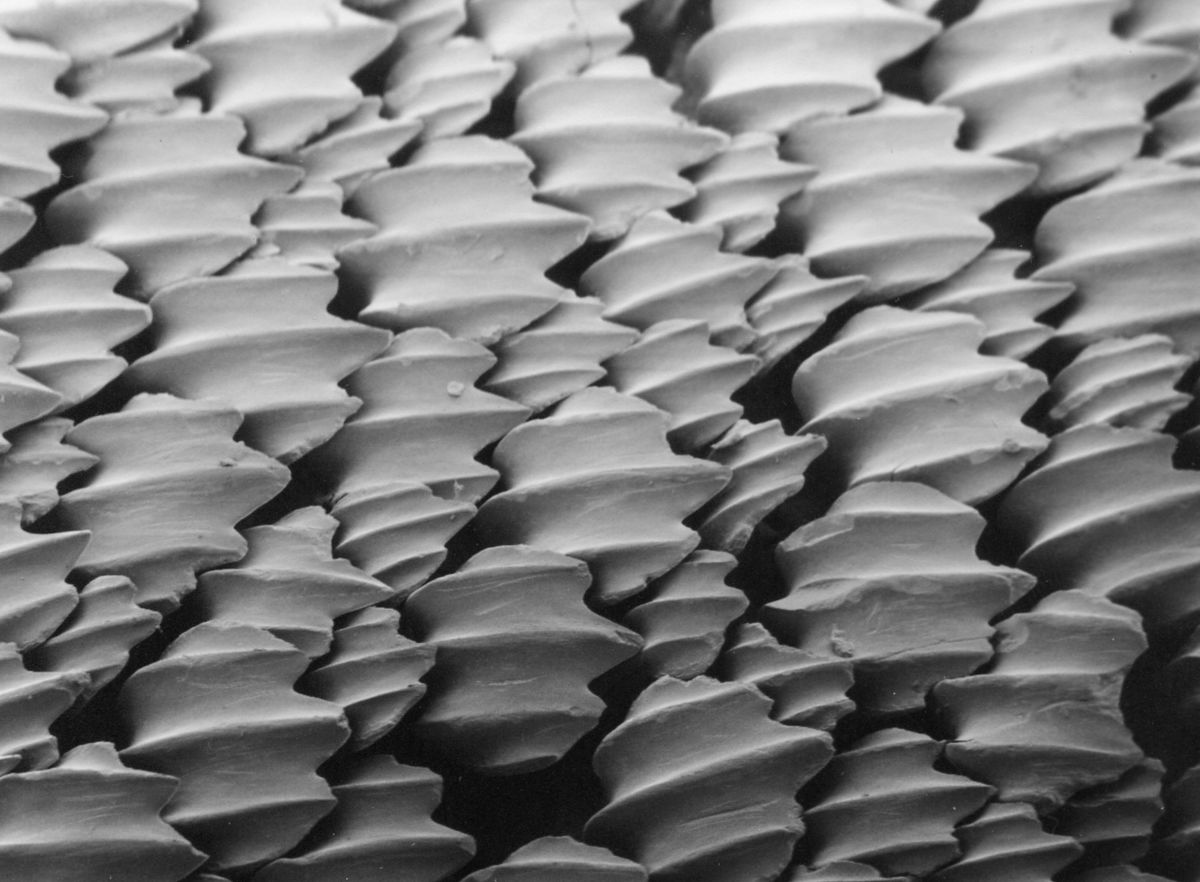

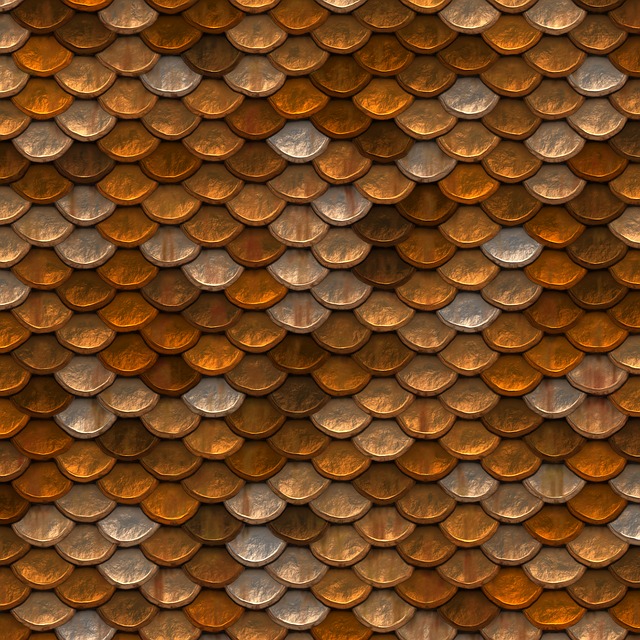
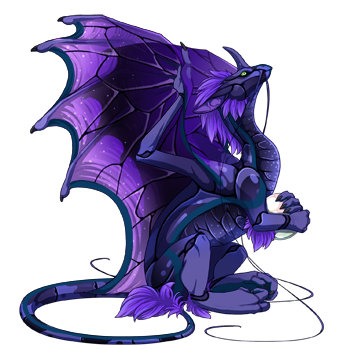
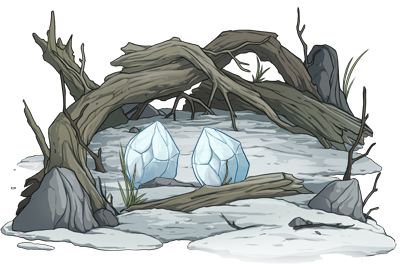

Comments